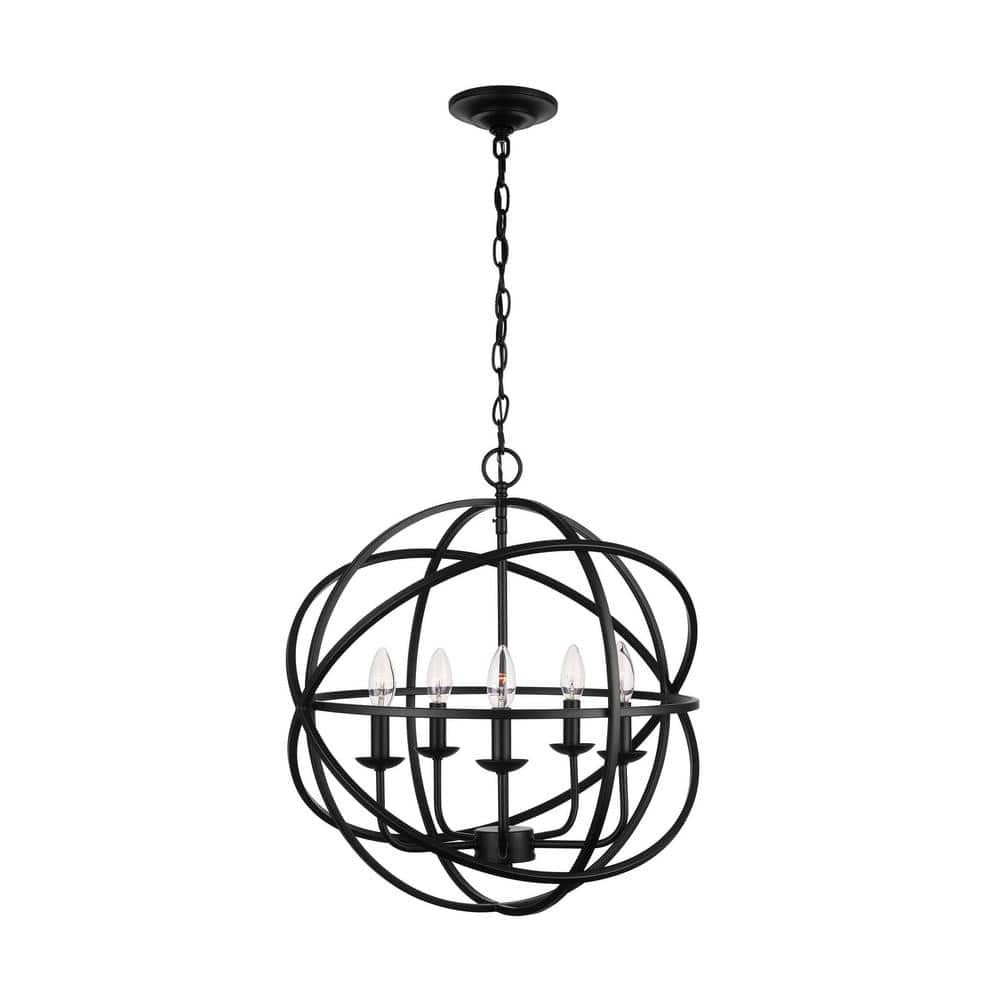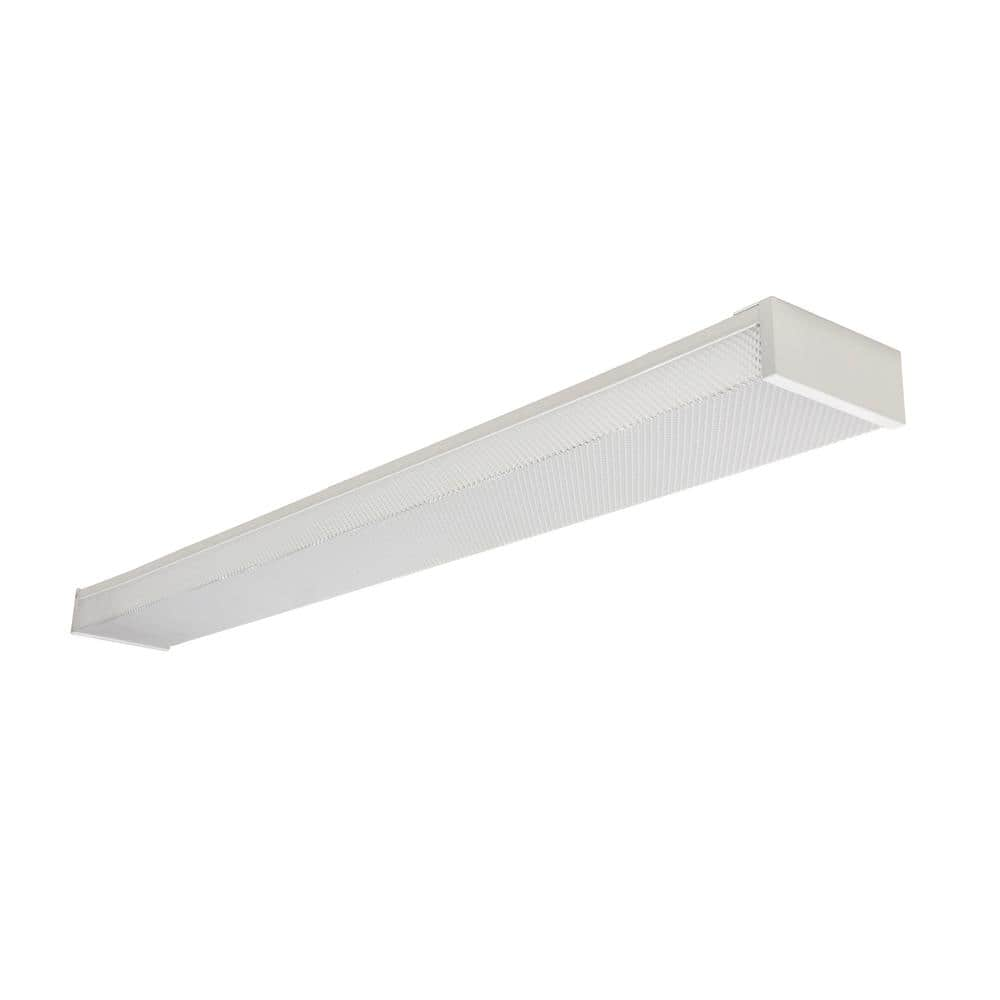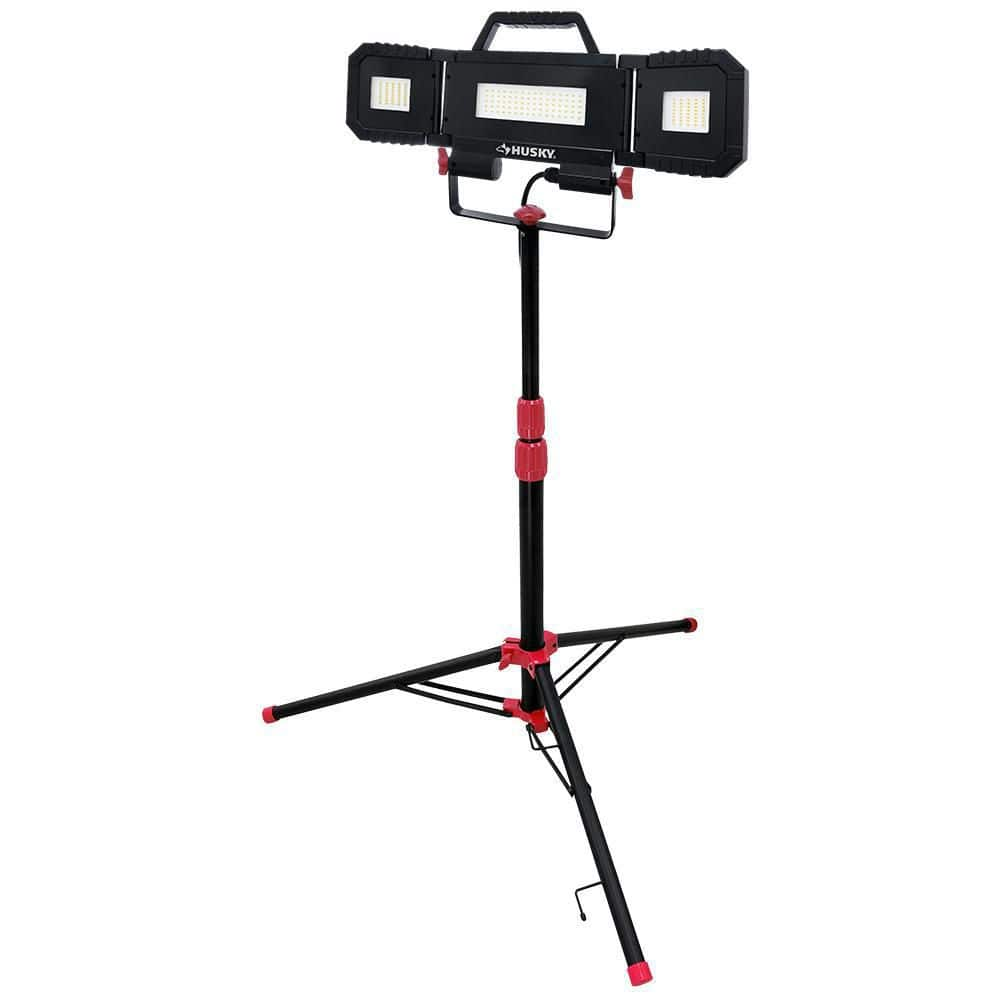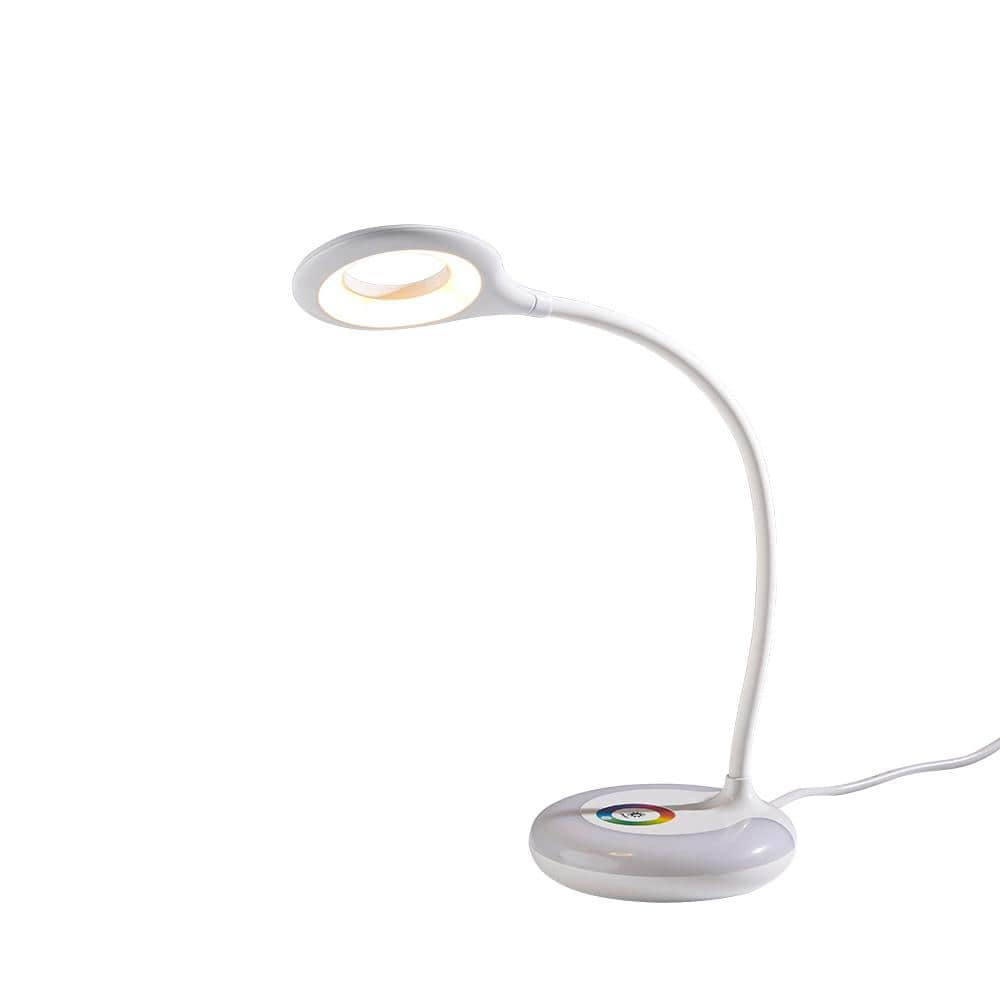Home Decorators Collection Sarolta Sands 5-Light Black Chandelier Light Fixture with Caged Globe Metal Shade
Use as kitchen lighting, dining room lighting, foyer chandelier. Hanging ceiling light appeals to modern and farmhouse décor. Uses (5) 60W E12 incandescent or LED light bulbs, not included.
The Sarolta Sands Collection features transitional indoor lighting with open weave metal globe shades in a variety of finish options. The Sarolta Sands 20 inch wide black orb chandelier blends contemporary metalwork with its classic color finish for a fixture that is truly unique. This classic contemporary style lends well to several different types of home decor, ranging from transitional to modern. The five candelabra bulbs are visible inside the shade, allowing for maximum illumination from the lights. This fixture hangs from a black chain that can be adjusted for a customizable hanging height; simply remove the desired number of chain links. A matching round ceiling canopy is included, and allows for this chandelier to hang from a sloped ceiling.
- Includes 60 in. chain and for adjustable hanging height from 22 in. up to 83 in.
- Uses (5) 60-watt candelabra base bulbs, not included
- LED light bulb compatible, use 60-watt equivalent
- Bulbs can be accessed through the open weave metal shade
- Perfect statement piece for an entryway, or in a kitchen or dining area
- Dimmable when used with compatible light bulbs/dimmer switch combination
- Ceiling mount measures 5.25 in. diameter
- Can be mounted on sloped ceilings
- ETL safety rated, suitable for use in dry indoor locations
- Available in multiple finishes and light counts, shop the Sarolta Sands Collection
- Installation instructions included
Additional information
| Chain Length (in.) | 60 |
|---|---|
| Fixture Depth (in.) | 20 |
| Fixture Height (in.) | 22 |
| Fixture Weight (lb.) | 6.51 |
| Fixture Width (in.) | 83 |
| Mounting Deck Height (in.) | 1.25 |
| Mounting Deck Width (in.) | ETL Listed |
| Manufacturer Warranty | 3 Year Limited Warranty |






by Tony
My kitchen chandelier light looks good and lights up the space nicely.
by Claire
Love this chandelier. I had to swag it to be in the center of my dining room due to some new built in shelves. It’s lightweight and looks great. I love that maintenance will be easy-no globes to clean!
by Marine
This light replaced a 15 year old fixture that we grew tired of. We liked the style and how easy it was to install. The weight of the fixture makes it very easy to install. The light fits perfectly in our dining room. The instructions are very simple, probably not the best for someone inexperienced with installing/replacing light fixtures (i.e., someone who needs explicit directions. However, the support line phone number should be able to answer any questions one may have. To summarize: easy install, perfect size for dining room, breakfast nook, or an entryway, and a great price.
by Yooper
We purchased this light to replace an existing fixture in our entryway. It was straightforward to install. We love how it looks! We have three 60-watt-equivalent LED bulbs in ours, and it provides plenty of light for the space.
by Jack
The 1994 vintage chandelier over our Nook dining table began coming apart after 25+ years of service. For the past 4 years we had occasionally searched for a replacement which was hampered by indecision and anxiety over style/design, i.e. the comfortable tradition which seemed dated to something else. We came across the HDC Sarolta Sands at Home Depot during a replacement shopping spree, and it made a quick impression. It met all our specifications, and the more we visualized it hanging in the Nook the decision was made that took us in a totally unexpected direction. Very pleased.